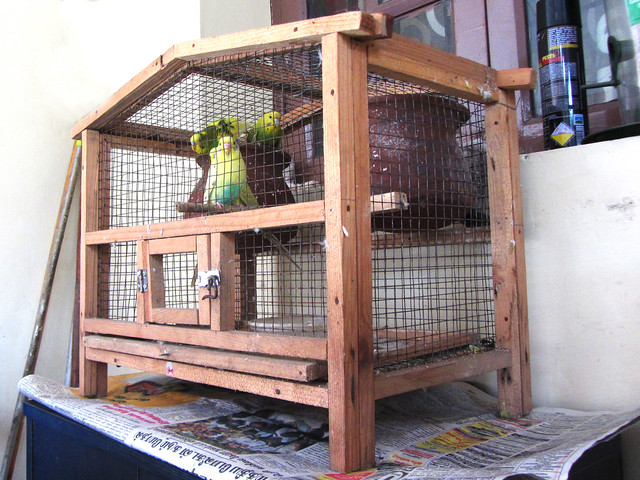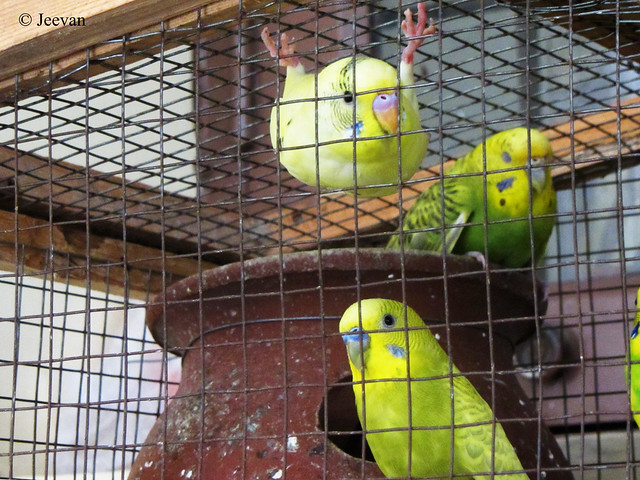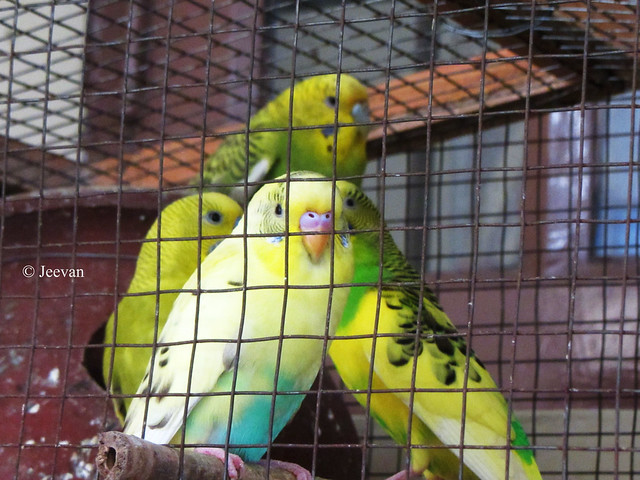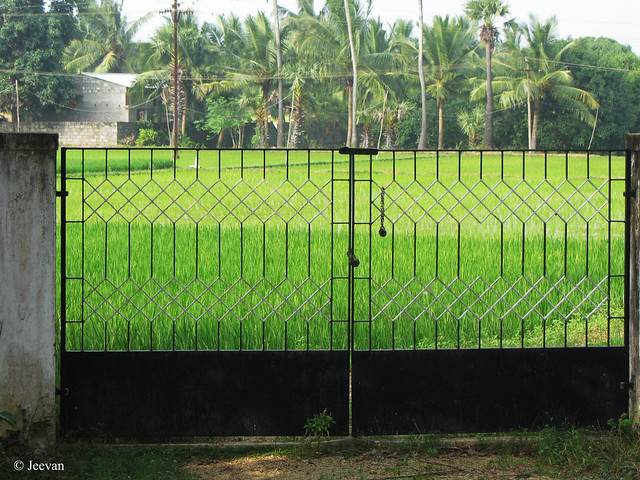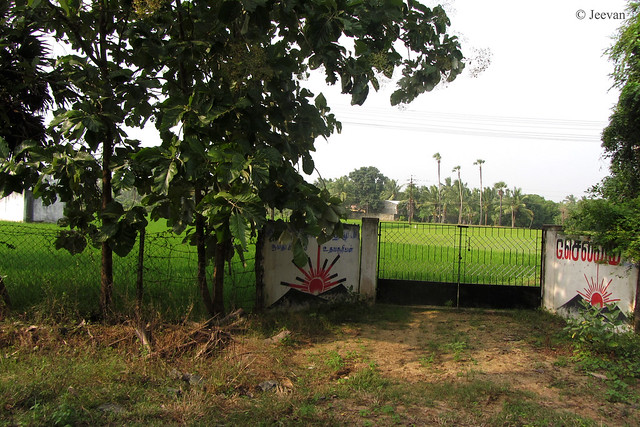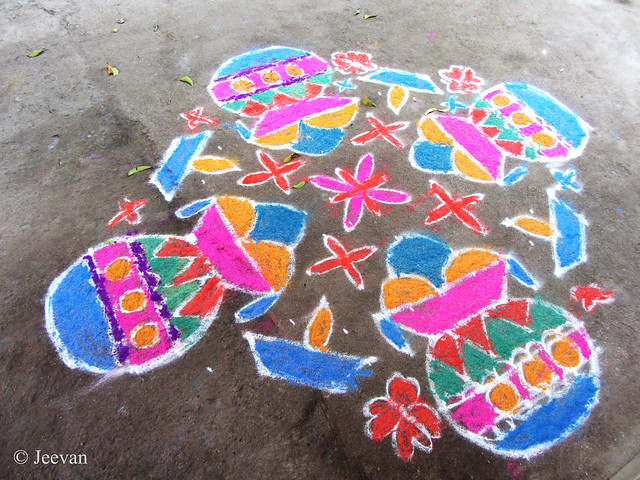My cousin had adopted these
birds, which was given to my brother by someone. I denied allowing him to grow
these birds – Budgerigar – at home, not only that I don’t like to see birds in
cage, when they have wings to fly, it also used to smells foul and tiny hair of
their feathers spread around and infectious. It seems these birds don’t know how
to survive if uncaged and let fly into the environment. I remember once a crow
was chasing a budgie (also known as common pet parakeet) in our neighbourhood
which was supposed to be escaped from a cage and these birds seem to breed as
only pets and caged birds, so there experience on the environment is none.
Many misunderstand these birds as
lovebirds, including myself until revealing it (as Budgerigar) through Google search. After I started
to show interest on bird watching, which began with the place/house I shifted
ten years back – with open vegetation in front of the apartment home – though we
aren’t staying over there and the vegetation also turned into an apartment
complex now, I love to see birds in their natural state and environment. My many
visits to the Western Ghats (the second largest and continues range of
mountains next to Himalayas in India) inspired me to look for birds and I have
shoot some of them including the endangered bird species – The Great Indian Hornbill
– which memory is still vivid and I consider it precious!
Being enjoying birds in the natural
environment, couldn’t able me to appreciate birds in cage. I think many buy
these birds are not in state of loving the species, but to maintain a status
and showcase an illusion that they love birds. I’m not complaining, but
expressing my thought and anxious about the birds in cage. There’s a house at
the rear of us, holding couple of cockatiels in cage (the second bird species
that popularity only to the budgerigar as a caged bird) and after shifted their
home they left the birds in charge of following tenant. During the recent
historic rain, the birds were left alone and perhaps suffered since the
resident were out of city, we had no way to check their need but just watched
through the window the bird are alive. I heard the birds where bought to exhibit
to the child of the former whose age was about to be 1! I wonder what the kid
at that age would know about birds.
I think it’s better late than
ever and to preserve the birds left in our environment, the only option is observing
or looking for birds. The tiny species House Sparrows are almost exited the
city, though we complain about mobile towers and others, I feel we haven’t consider
them as a member of our house and we build home for the comfort of our lives
alone leaving no favourable place for them to nest and feed on grains. Perhaps many
of our food habits are transferred to what birds eat – millet – and the price
of them have also risen. Although it doesn’t sound logic, in some way we
rejected birds for them to disappear from the sight and what we really need are
not birds in cage, but to trace back the environment where birds enjoyed the
freedom at cosy and a backyard with chirping birds. Let’s begin with the kids,
teaching them how to enjoy birds in natural state and surroundings.
Linking this post with SATURDAY CRITTERS
Linking this post with SATURDAY CRITTERS

